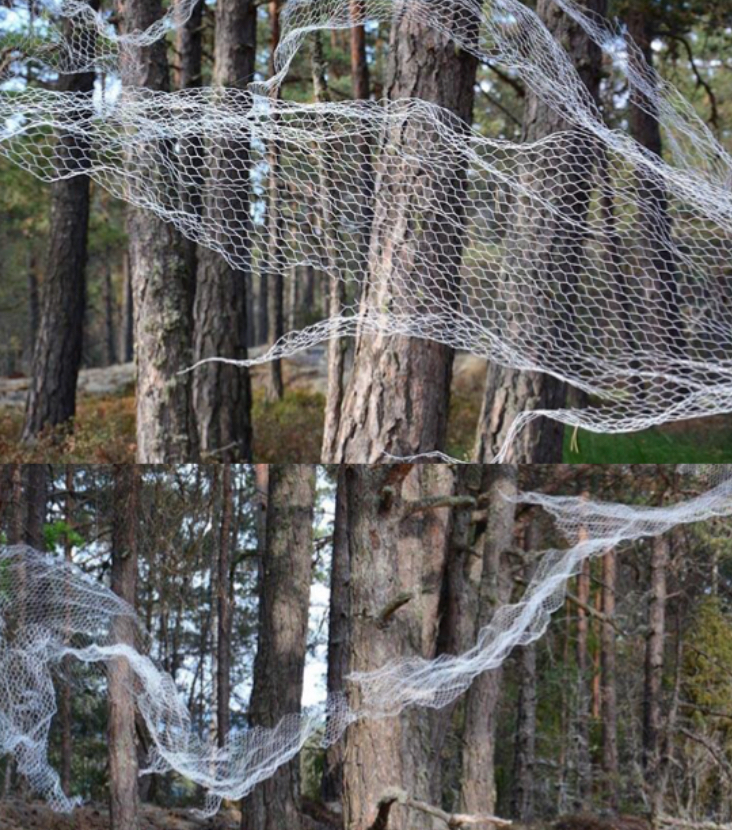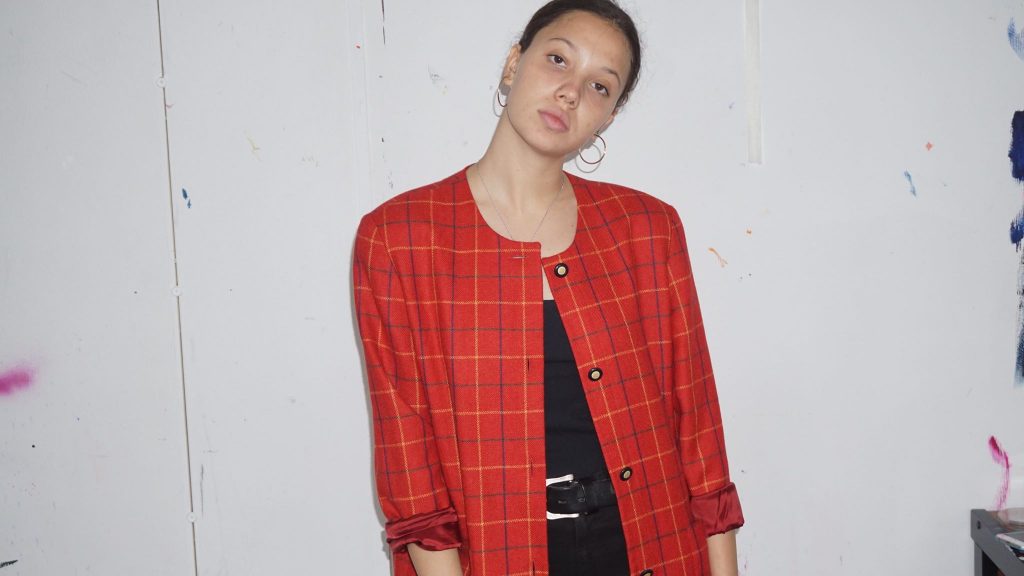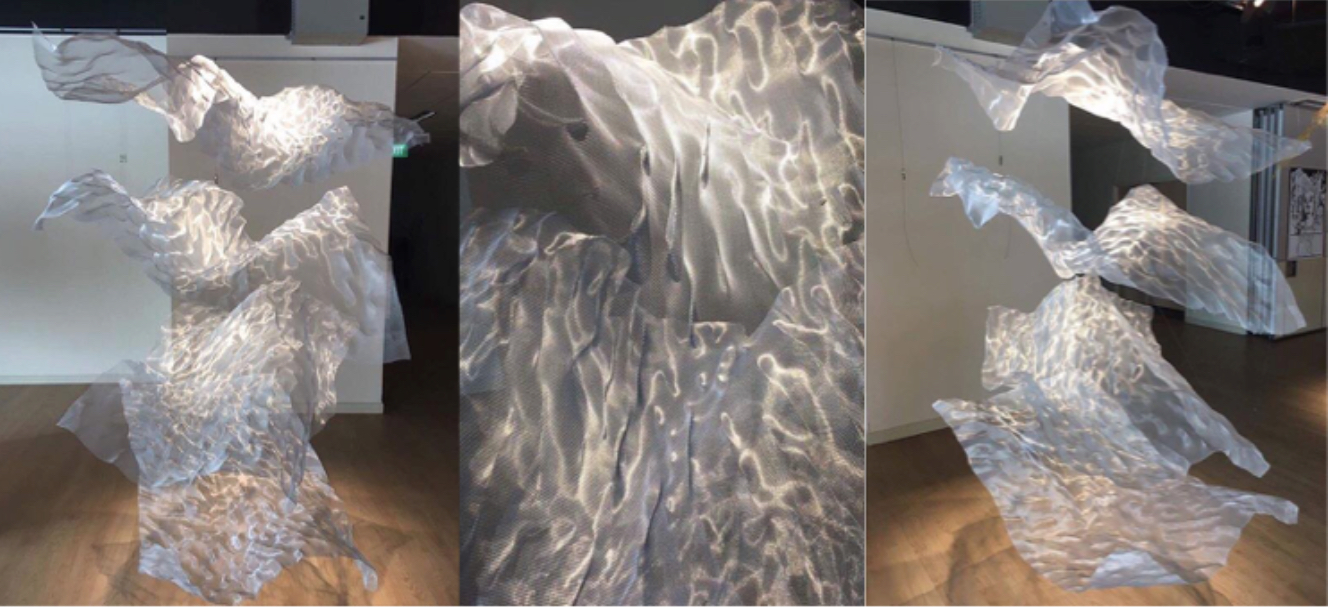The Bubble got in touch with Alice Lefrancq-Frojd, next year’s DU Art Society President, to ask a couple of questions about her ideas for next year, along with her own art and what inspires her.
The Bubble : Hello ! Who are you? What do you do subject wise? What college are you at? Tell me a little about your university experience so far!
Hi, I’m Alice Lefrancq Frojd, I’m an international student from Sweden and Morocco but I grew up in Singapore and graduated high school there in 2017. I’m a first year psychology student at the glorious College of Hild Bede, and what some would call an artist.
My time in Durham so far has been experience-rich and work-lean, educational and outright enjoyable! It’s my first time living in a community this size, with this culture, not to mention in Europe, and I have found Durham to be incredibly welcoming, warm and easy to feel at home in.
The Bubble: What inspired you to go for DU Art Society President 2019/2020?
I was inspired to go for the DU Art Society Presidency because I felt that the visual arts scene in Durham, especially at the University, could flourish and reach new heights when it comes to celebrating talented students, local artists and exhibitions, and generally encouraging expression and creative platforms for students. In my first year so far I have gotten involved in a range of art groups and societies. I co-founded the Hild Bede Art Society, I joined Empty Shop, otherwise known as Testt Studios on North Rd and am now a studio holder there. I was a candidate for the BRILLIANT competition and designed a large installation piece for Lumiere, during which I spent months working with an Artichoke production team to develop my installation for the festival (unfortunately my piece was too ambitious for this year). I also briefly assisted with artistic input in the DUCFS and am an admin of the newly launched Facebook group: the ‘Durham Culture Network’. Throughout all this time, I have met dozens of inspiring, impressive and dedicated artists and others involved in creative aspects in Durham. I have seen the immense integrity, passion and potential of both students and Durhamites alike and I wanted to be a part of this exciting period of development in the arts community that I believe is happening here now.
The Bubble: What do you want to do as President next year? Do have any big ideas?
For now I won’t go into too much detail about plans next year. I can say that I’m very excited about having been voted President and for the time being am looking at options and who I can be working with to help DU Art Society out. As you could maybe tell from my previous answer, I am keen to use the arts to bridge the gap between local and student art events and groups to encourage a collaborative and open-minded spirit among the creative industry in Durham. I believe this could result in an interesting and symbiotic relationship in future, which will hopefully be long – lasting. Art thrives best when you have a diverse and open discussion full of varied perspectives and different creative backgrounds. A second idea I have explored is encouraging college art societies to come together for events and art lessons or evenings through the initiative of the DU Art Society, essentially creating a larger network of artists within the student community. As I understand it, and as I have experienced through co-founding the Hild Bede Art Society, college art groups can struggle to get funding to support practices and to get enough people attending events due to the small proportion of students interested in the visual arts within each college. With friends in other college art societies, I think this will definitely be achievable and something I am excited to get started with. Finally, encouraging a breadth of mediums in art, not only fine art, is a goal I hope to achieve. Seeing the broad scope of art and what you can do with it is inspiring and invites people to try new things they perhaps hadn’t thought of before.
The Bubble: Tell me a little about the art you’ve chosen for this feature.
‘Wave’ by Alice Lefrancq Frojd, 2017. mesh, fishing line, chicken wire, 1.5m x 1.5m x 3m
For this feature I have chosen a series of pieces that I have done over the past two years, the first is a piece called ‘Wave’ which I made when I was doing the IB and the second is a piece I made during my gap year with a similar concept and as a continuation of the first.
This is the first piece. This was an exploration of form and a new material to me at the time; wire mesh, specifically this is a galvanised aluminium mosquito net. I folded the mesh to resemble water surface and waves and used a spotlight hanging above the mesh to illuminate the reflective surface, giving the piece the effect of moving waves. I cut out four irregular rectangles of this and suspended them using fishing line to give the effect of floating water. The concept of the piece, beyond exploration of mesh and manipulation of light, was the idea of trying to re-make an organic natural element using unnatural materials and presenting somewhere it shouldn’t be. Essentially, showing how humans manipulate and use natural resources, with the context being human disregard for this very nature we use. The clear, man-made cutting and organisational stacking of the ‘water’ sheets showed this. While we can admire water’s beauty and awe, put it on display in a gallery space, and use its power to produce energy for our societies, there is a sense of hypocrisy here as it is wrong to appreciate water aesthetically while simultaneously disregarding the wellbeing of the very thing we claim to admire.
This second piece was more experimental but draws from the ideas of the first. This piece is made of chicken wire, cut and folded to mimic water flow, suspended from the branches of trees in a forest. This was a location close to my family’s countryside home in rural Sweden. Similar to ‘Wave’, this piece was about recreating a water-like organic form and putting it somewhere it shouldn’t be i.e. floating between trees in a forest.
However, I made this piece look more fluid and natural to complement its environment. Due to its metallic structure the piece will inevitably contrast to the environment as it retains its man-made qualities. The result is a foreign, sort of other worldly creation, lingering the air. This was my first piece at this scale and in an outdoor natural setting but was intensely rewarding in its result.
These two pieces inspired a third which the image below shows a picture from my experimental process. While this piece has not been made yet, it adopts light as its main effector, where I intend to use a projector to project a looped animation onto a structure similar to ‘Flow’.
The Bubble: What most inspires your art in general? What do you regard as your muse(s)?
This is actually a difficult question for me to answer. If I am honest, I struggle to name a single ‘muse’ or source of inspiration. My creative process usually stems from random ideas I have from time to time, which I choose to expand on and so far I have not been consistent with any theme or medium. Being a young artist, I love to explore a wide range of materials and ways of portraying meaning, and usually aim to have a firm concept behind my work. For example, in an upcoming project I will be sewing pieces of cardboard together with thick yarn to make a sort of scrappy quilt collage. I have recently become interested in using paper as a medium, as well as using textiles, because it bridges the traditionally female practices of my two (very opposite) cultures of Sweden and Morocco. One underlying thing I could mention is that I make just to make – for the enjoyment of it. I have never made anything to sell and recognition is not really important in my opinion. I share some of my pieces on an Instagram page ‘whenalicedraws’ usually with close friends and family since they’re interested in what I am up to. I am still very much finding my medium and main theme but am in absolutely no rush to and it’s wonderfully freeing to do what I do because there isn’t any pressure or expectation.
For your art or photography to be featured, and for your work to be seen, email our Art and Photography editor Becky Percival at rebecca.h.percival@durham.ac.uk.



